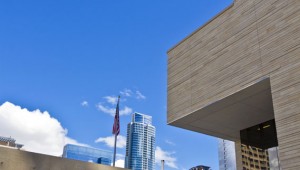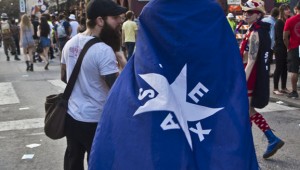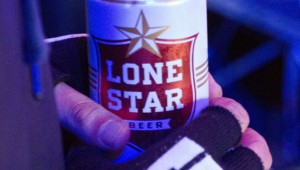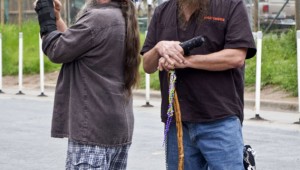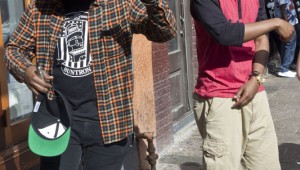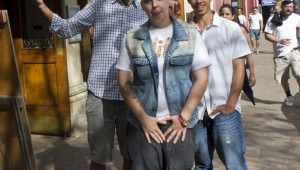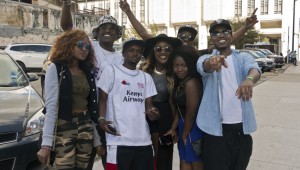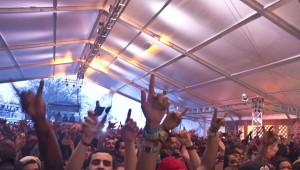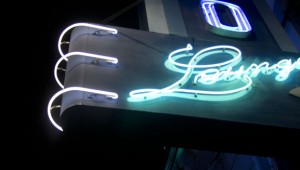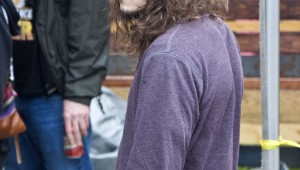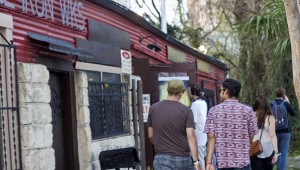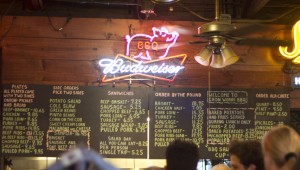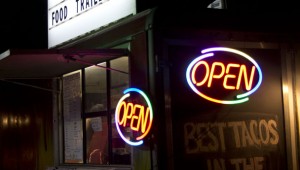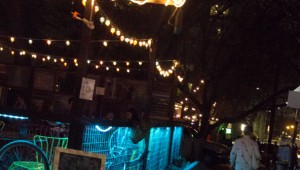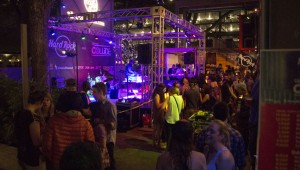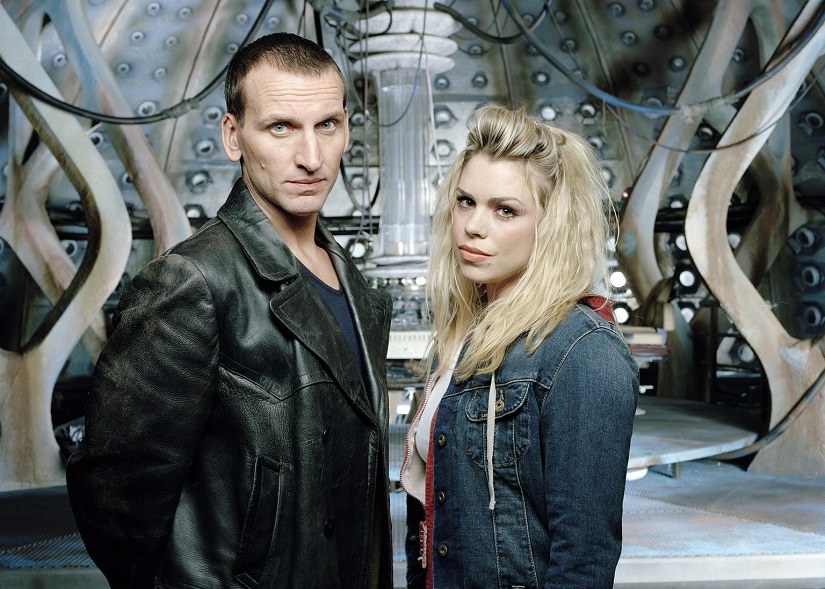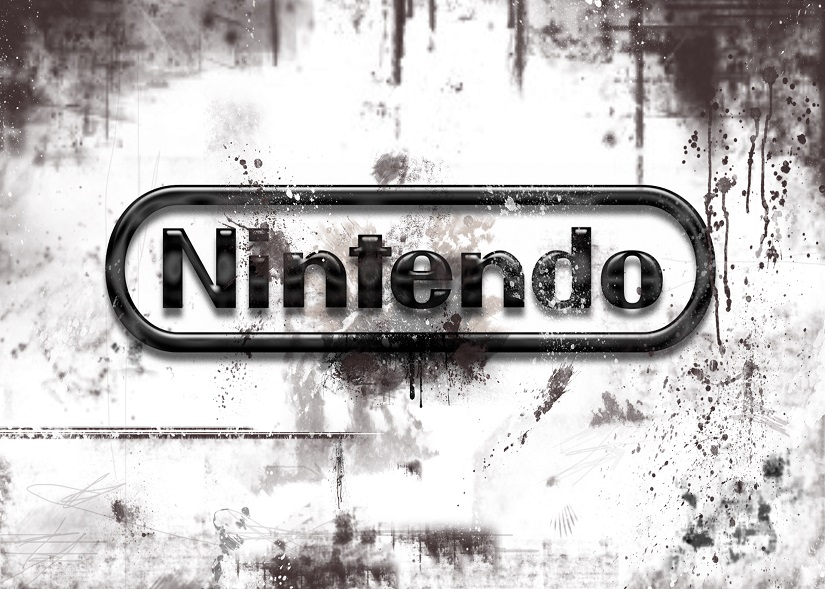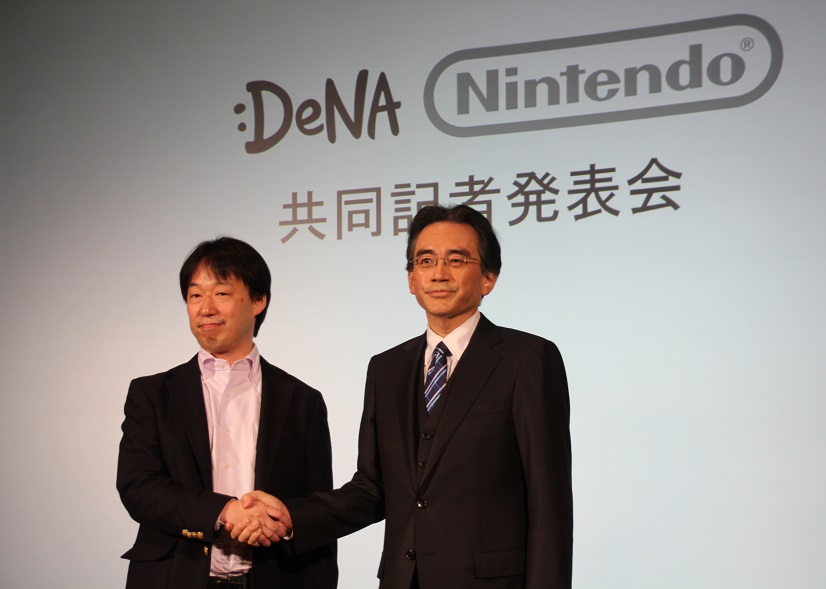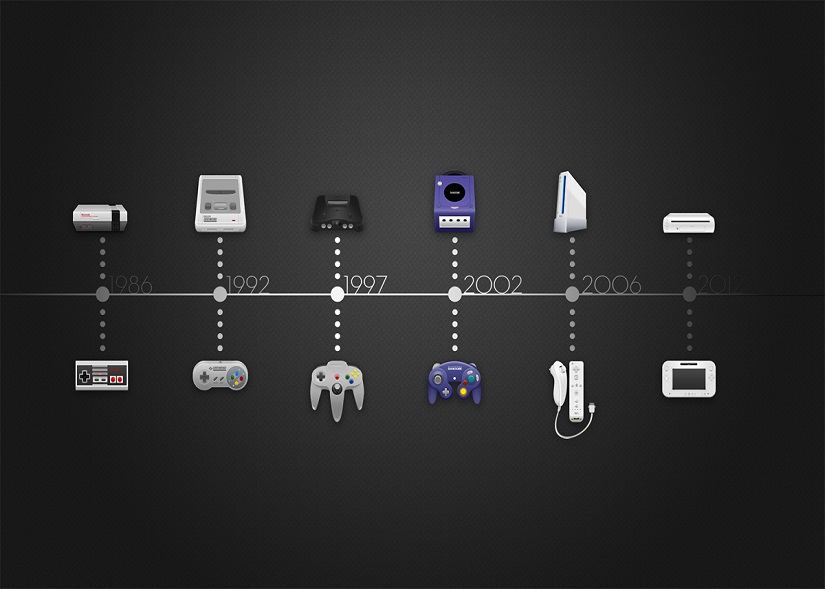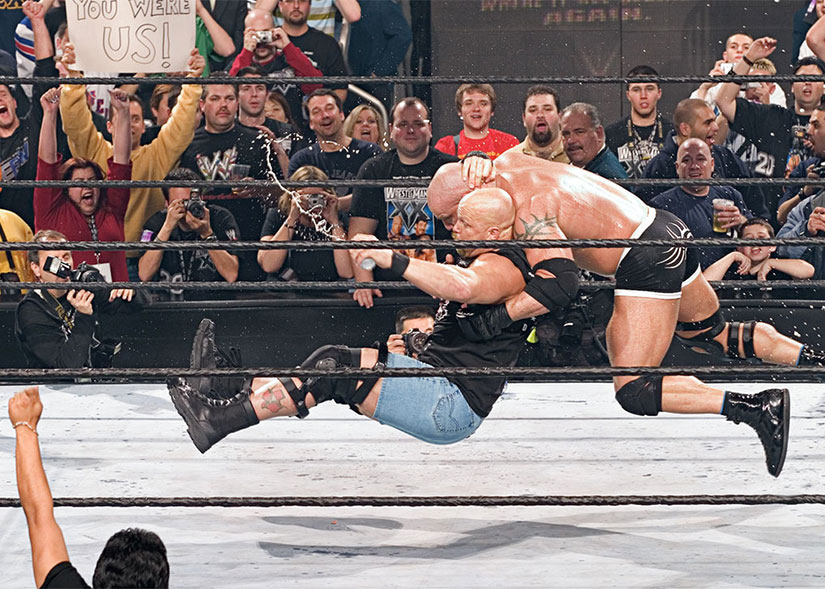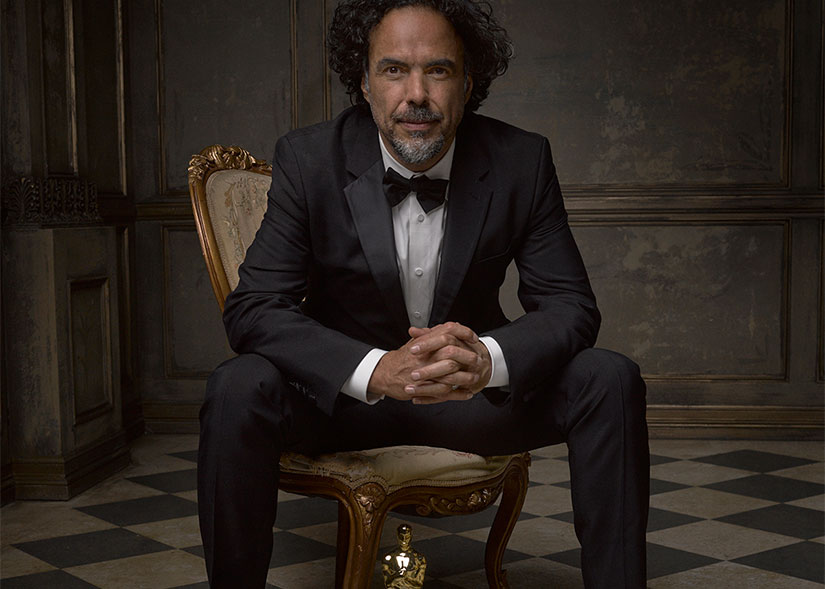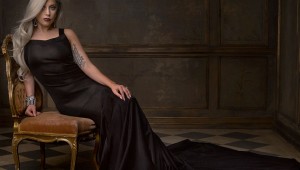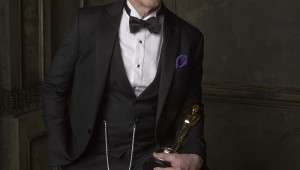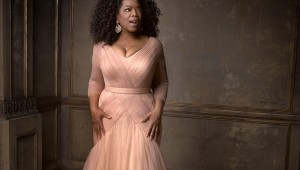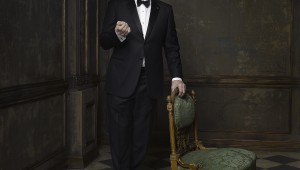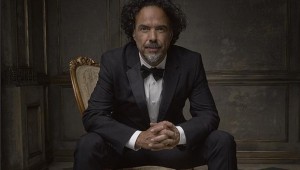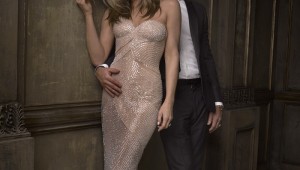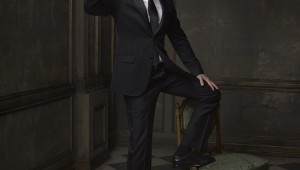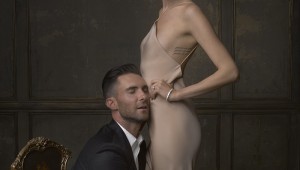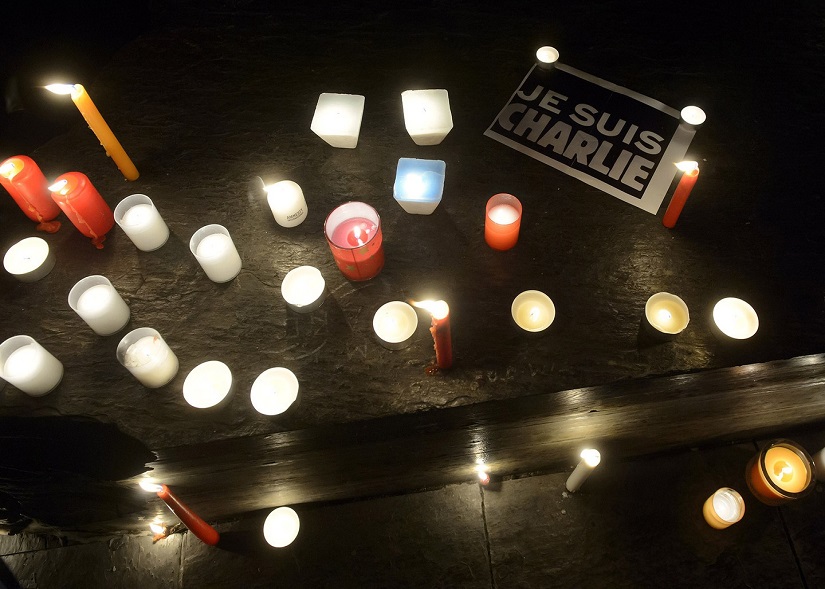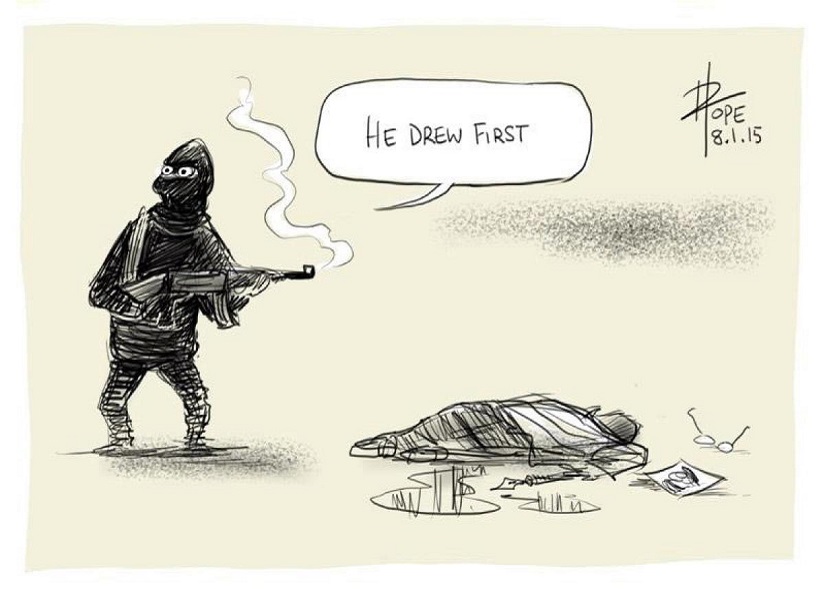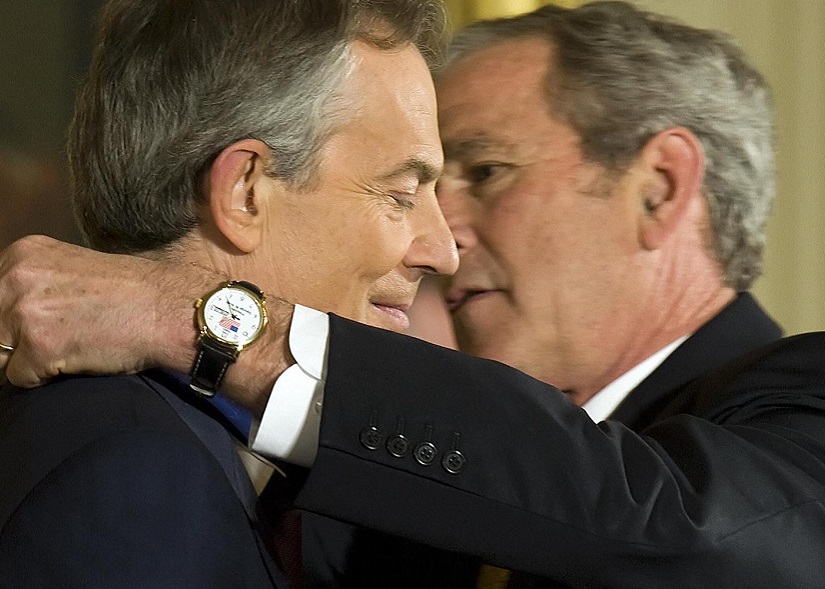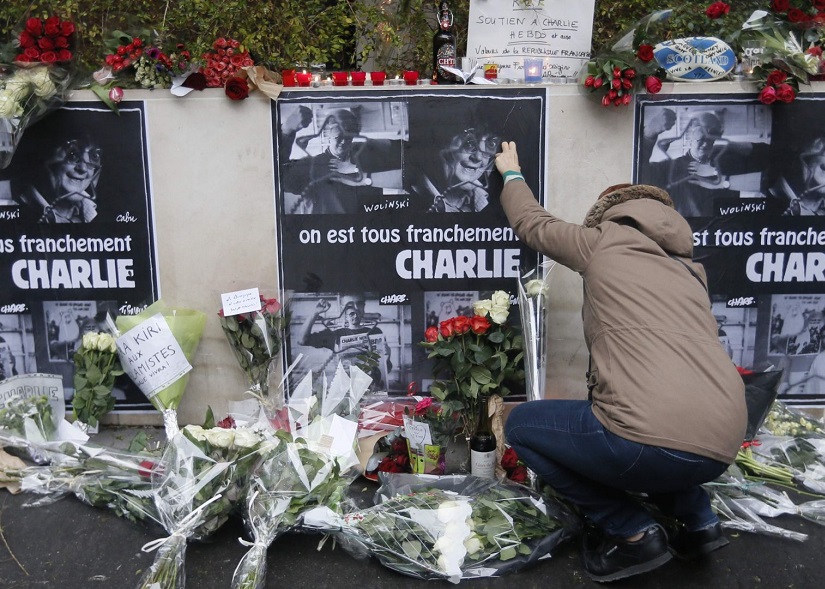[RH Photos] The Culture Clash at SXSW 2015
Photos by AngieStarPhoto
SXSW came and went yet again this year, and as Austin cleans it's streets and goes back to normal, many of us out-of-towners are back home still recollecting the culture combo we were part of. Whether you're from Chicago, Atlanta, California, Texas, New York City, the UK, or anywhere else in the world, SXSW has become a place where anyone can come to mix culture, share art, collaborate, and eat endless delicious food options. In the past week, I've received more CDs, mixtape downloads, Instagram followers, and openly met more strangers and brand ambassadors than I ever have.
SXSW truly is a festival of its own kind. There's much more than music, film showcases and conferences, as it's more of a combination of Texan culture, art, food, and most of all, a diversity in people. Outside of the local "Keep Austin Weird" types, you have endless writers, bloggers, photographers, videographers, musicians, and actors from all over just trying to stick out and be seen or heard, and all in an open, free spirited form. Most intriguingly, it's all random... one minute you could be listening to a rock band on Rainey Street and the next you're bumping into Wiz Khalifa downtown, then backstage with comedian Hannibal Buress and Chance the Rapper at the Fader Fort (true story). And right when you think you've seen or experienced the most random scenario, someone else will share an even more random story with you. It's on open environment that connects all types of people and this is what loved to capture on the festival. I'm not saying it wasn't fun shooting the performances at various venues, but it was the wandering, behind-the-scenes, spontaneous perspective I loved the most - the plethora of food trucks were a definite plus.
Here are some photos I gathered that I feel capture the essence of the people and scenery while walking around at SXSW. From locals, to people of all ages from different parts of the world, to the food scene, culture, ambiance, and most of all, the great American gem that is Austin, Texas. Find more photos here.
Ten Years Of Modern Doctor Who: Revisiting 'Rose'
Doctor Who celebrated its fiftieth anniversary two years ago, and celebrates its tenth anniversary today. What else would you expect from a series which has never placed much stock in keeping its timelines in order? Just ask UNIT in the late '70s. Or should that be mid-70s? Fantastic. Anyhow, where the 50th anniversary marked the birthday of 'The Unearthly Child', the series' very first episode back in 1963, today's tenth anniversary marks a decade since Russell T. Davies revived the show following sixteen years off-air, barring one ill-fated television movie, and set the stage for what would grow from a cultish British sci-fi curiosity into a genuine transatlantic phenomenon.
Re-watching 'Rose', the first episode of the revived series (or New Who, as it's colloquially known), is fascinating not only in light of how drastically the series has evolved over time, but also how fully-formed the most important aspects of the show were right out of the gate. The most immediately striking difference is between the creative focus of the man in charge then, Russell T. Davies, and the man in charge now, Steven Moffat. The very first shot, swooping from an orbital shot of earth down to Rose Tyler's buzzing alarm clock, establishes perhaps the single definining theme of Davies' tenure: contrasting the grand majesty of space and time with the humble, messy lives of your workaday human. Where Moffat's characters function as cogs in their creator's cosmic clock, Davies rejoices in the silly essentialness of mundane existence. Rose may not find much fulfilment in her shopgirl routine, but in Davies' eyes, there's something magical in being that one amongst millions, rummaging around for a place in humanity's buzzing, living hive.
How Mobile Gaming Could Save Nintendo's Next Console
Nintendo confirmed at a press conference this week that their next console, codenamed the 'NX', was on the way, with more details set to be revealed in 2016. That the company is working on the Wii U's successor is hardly a surprise, having been hinted at much several times over, though the fact this news attracted so much attention despite only being revealed as a way of quashing any speculation of Nintendo quitting the dedicated hardware market - having been announced at the same time as the company's plan to licence its characters out for mobile game development - shows how important a place the company occupies in gaming culture even with the abject failure of their most recent home console.
The Wii U has yet to cross the 10 million global sales mark, having been available to buy since Christmas 2012. By contrast, the company's previous low watermark for home console sales, the GameCube, sold 22 million units between 2001 and its discontinuation in 2007, while the Xbox One and Playstation 4 have already outsold the U despite launching a year later. Sales of the 3DS have been more stable, shifting a creditable 50m units as of December last year. This pales in comparison to its predecessor, the DS, however, which sold just over 150m across its lifespan and is the top-selling handheld of all time.
The news of Nintendo finally, some would say inevitably, caving into the pressure to move into the mobile arena sent the price of their stock soaring by 29%, yet this represents something of a dilemma for its traditional audience. If the company's mobile ventures prove successful, as seems likely to be the case - their partners, DeNA, are hugely experienced and successful in the mobile gaming field, while Nintendo's catalogue of mascots have the kind of global recognition and appreciation which should guarantee a high level of trust and curiosity out of the gate -and they continue to struggle to assert themselves in a dedicate games hardware market where Sony and Microsoft are seen as more contemporary and exciting options by most so-called 'core' gamers, what reason is there for Nintendo to continue resisting the urge to dedicate most or all of its resources to mobile game development?
The fact is that, regardless of its recent difficulties, the gaming hardware market would be a very different and less exciting place without Nintendo. After the video game crash in 1983, the company almost single-handedly revived the market with the Nintendo Entertainment System with a business model which, through licencing, guaranteed customers a certain level of build quality in their games. Its successor, the SNES, solidified Nintendo's place as the dominant force in the market, despite growing competition from SEGA. Their next console, the N64, would lose considerable ground to Sony's newcomer, the PlayStation, yet despite sticking with outdated cartridge technology, the controller's use of an analogue stick revolutionised the way games controlled in a three-dimensional space. The Gamecube saw Nintendo's stock fall yet further, with Microsoft entering the market with the original XBox, but the system's Wavebird controller revision was the first to offer a wireless connection to its console.
Little was expected of Nintendo's follow-up system, yet the Wii's unusual name and innovative yet simple motion controller caught the public imagination and quickly became a bonefide phenomenon. Unfortunately, the console's unreliable motion-sensing technology, combined with outdated hardware (offering only standard definition output against the XBox 360 and PS3's HD) and a combination of third parties flooding the market with low-quality games to get in on the rush while Nintendo struggling to fill gaps in their release schedule, meant the brand quickly soured for much of the company's long-term fanbase.
This led to the Wii U, a console mired in confusion and compromise from its unveiling, at once offering more traditional controls to appease disgruntled fans while continuing to confusingly utilise the Wii name, require a bafflingly large number of controller types (gamepad, wii remode, classic controller, etc) and centre around a touchscreen which was often inconvenient to use and has offered little in gameplay terms beyond an always-on map or inventory screen, plus the limited appeal of being able to continue to play even while not using the television.
The PS4's outstanding sales, undeterred even by a widely acknowledged dearth of worthwhile games in its catalogue, shows how important strong marketing is to a console's success. Despite its past innovations and the consistently high quality of its games, Nintendo is perceived by much of the gaming market as staid, childish and outdated, heavily reliant on gimmicks where Sony and Microsoft have pushed state-of-the-art (for consoles, anyway) technology and online infrastructure. They are seen to have little to offer anyone without an existing appreciation for a small number of popular franchises, a number increasingly limited to spin-offs of the Mario and Zelda games. Major third-party series such as Call Of Duty, FIFA and Assassin's Creed have all floundered on the Wii U, with recent iterations missing from the console altogether. The Grand Theft Auto series, meanwhile, has never graced a Nintendo home console.
If Nintendo are to succeed, it would seem they need to stumble upon another zeitgeist-defining innovation in the same vein as the Wii's motion controls while simultaneously offering a level of technological power at least in the same ballpark as its competitors. That need to find the next big innovation is itself somewhat problematic, though, not least because of the unlikelihood of even a company as inventive as Nintendo making the proverbial lightning strike twice, but also because the company's current association with gimmickery means offering anything but a standard dual-analogue controller is likely to be greeted with immediate suspicion.
Austin 3:16 - The Top 10 Stone Cold Steve Austin Moments
"Austin 3:16 says I just whipped your ass!"
From 1989 came one of the greatest wrestlers in history: "Stone Cold" Steve Austin. The beer chugging, all-American badass of sports entertainment took on everyone from Santa Claus to Donald Trump. In honor of Austin 3:16, we've compiled a list of some of the best Stone Cold moments in the WWE.
10. When Stone Cold gave Santa Claus the stunner
[youtube id="1_mxckuLgQU"]
A Stone Cold Stunner is truly the only gift that keeps on giving.
9. When Stone Cold stunned everyone during Sunday Night Heat
[youtube id="fF6yCoTOcLI"]
YOU GET A STUNNER AND YOU GET A STUNNER AND YOU GET A STUNNER! EVERYONE GETS A STUNNER! During Sunday Night Heat on June 6, 1999, Stone Cold opened up a can of whoop ass on everyone including D-Lo Brown, Mark Henry, Jeff Jarrett, Meat and Val Venis.
8. When Stone Cold gave Donald Trump a stunner
[youtube id="UTtfVOyVsf0"]
Most likely one of Mr. Trump's most memorable moments in history is when Stone Cold gave him a stunner during Wrestlemania 23 after chugging some beers.
7. When Stone Cold got arrested for stunning the WWE CEO, Vince McMahon
[youtube id="leG3Aq4orCo"]
The stunner that started it all. During the very first Monday Night Raw on September 22, 1999, Stone Cold stunned WWE CEO, Vince McMahon. Being escorted out of the ring by police, Stone Cold and McMahon have been feuding ever since.
6. When Stone Cold drove a zamboni to the ring
[youtube id="ZpRv1FVAvsI"]
On September 28, 1998, Stone Cold ruined Mr. McMahon's WWE Championship belt speech to Kane and The Undertaker by driving a zamboni into the ring. Oh, and then is detained by seven police officers because "you don't order Steven Austin to do a damn thing!"
5. When Stone Cold stunned Booker T
[youtube id="bTiE0eLfTfo"]
During Wrestlemania 27, Stone Cold and Booker T were having a friendly beer when Stone Cold threw a stunner out of nowhere, making Booker T spit out his beer.
4. Every time The Rock got stunned
[youtube id="dHxIwI19PlY"]
Without contest, The Rock snags the spot for the most convincing sell of post-stunner syndrome of all time.
3. When Stone Cold stunned the entire McMahon family
[youtube id="DhBB8PRP7v8"]
On RAW's October 3, 2005 special, Stone Cold brought a family closer together by stunning each member of the McMahon clan.
2. When Stone Cold chaired everyone in the face during Smackdown
[youtube id="9mGumFMIONg"]
Stone Cold just faced everyone with a chair during Smackdown in the early 2000s and then left, like a badass. Definitely one of the best "ARRIVE. RAISE HELL. LEAVE." moments.
1. When Stone Cold drove a truck full of booze into the stadium, attached a firehose to the back and sprayed The Rock
[youtube id="8EBkDBgivcw"]
There isn't a wrestler out there who has the entertainment value that Stone Cold had during the Attitude Era. The Texas Rattlesnake attached a FIREHOSE to a COORS TRUCK and gave The Corporation a beer bath.
And that's the bottom line....'cause Stone Cold said so!
Insta-Celebrity Portraits from Vanity Fair's 2015 Oscar Party
The 2015 Academy Awards happened this past weekend, and it was as star-studded and glamourous as ever. The annual Hollywood spectacle awarded Oscar winners in both triumph and upset, and although viewer ratings fell to a six-year low, social media was flooded with clips and snapshots of celebrities and their fashion choices. With such change in times with the impact of social media and Instagram, in particular, Vanity Fair cleverly created an instant photobooth at their Oscar Party to connect a live feed for their followers.
The rather elaborate photo booth was set up in collaboration by photographer Mark Seliger, Vanity Fair, and Instagram, and allowed party goers to pass through without missing a portrait. Going even further, they shared behind-the-scenes shots and video of the studio set up. The idea proved to be a success as each posting on Instagram reached thousands of likes and new followers. With viewer ratings switching popularity from television to social media, I would say this is just the beginning of similar ideas to come in the following years.
Take a look at some of most popular "Insta-Celebrity Portraits", and find more here.
Is The Media Apologising For Terrorism In The Wake Of Charlie Hebdo?
It's been just over two weeks since the horrific attacks on the Charlie Hebdo offices in Paris, long enough for the initial surges of sadness and anger to die down and be replaced by something resembling more considered reflection. There's been considerable rumination on what the attacks mean for free speech and artistic expression, including by Ruby Hornet's own Hubert Vigilla, questions which eventually spawned a mini-debate of their own over whether Hebdo's representation of Muslims could be classed as racist. Elsewhere, many commentators haved raised the West's perceived responsibility in helping cultivate radicalisation as a result of mismanaged military incursions into the Middle East, notably the 2003 Iraq War.
More recently though, in addition to questions about why the Hebdo murders attracted so much more media attention than the slaughter of two thousand people by Boko Haram in Nigeria, another debate seems to have been gaining traction. This argues that, by the media so consistently using the attacks to raise questions about the West's actions elsewhere or to questions about the morality of the Hebdo covers at the root of the attacks, a process is taking place whereby the attackers themselves are having the responsibility for the murders lifted from their hands and transplanted into the laps of the culture and society which was attacked.
Despite being linked to recent events, the notion of the media being apologists for terrorist atrocities is not new. Its advocates have recently been linking to this blog post by (now deceased) political theorist Norman Geras, written in response to the London bombings in July 2005, a period when the Iraq War was still in its infancy and the world was still trying to make sense of the political and military landscape created in the aftermath of 9/11.
Geras argues that the pervasive culture in response to the bombings has been one of 'I told you so', where every mention of the tragedy of the bombings has to be suffixed with a reminder that it was our actions in the Middle East which must acknowledged as responsible for bringing these horrors to our doorstep. He goes on to mirror such reactions to the shaming of a rape victim rather than the rapist. In his words:
Bob, an occasional but serial rapist, is drawn to women dressed in some particular way. One morning Elaine dresses in that particular way and she crosses Bob's path in circumstances he judges not too risky. He rapes her. Elaine's mode of dress is part of the causal chain which leads to her rape. But she is not at all to blame for being raped.
The fact that something someone else does contributes causally to a crime or atrocity, doesn't show that they, as well as the direct agent(s), are morally responsible for that crime or atrocity, if what they have contributed causally is not itself wrong and doesn't serve to justify it. Furthemore, even when what someone else has contributed causally to the occurrence of the criminal or atrocious act is wrong, this won't necessarily show they bear any of the blame for it.
Others have argued that by using the terrorists' stated motives - blasphemy against the Prophet Muhamed - as a basis for condemning our own behaviour, we are perpetuating what this article by Yasmin Baruchi calls an 'us versus them' narrative, playing into the hands of extremist clerics using division as a tool of radicalisation. By debating whether Charlie Hebdo is racist against Muslims and accepting as a starting point that the cover in question was an act of blasphemy, Baruchi argues that rather than healing wounds, it has opened new ones by encouraging the perception that Muslims are mistreated, targeted and disrespected in Western society.
As author Jeremy Duns so succinctly tweeted on January 10th of this year:
Any fascist can murder cartoonists and simply say they were motivated by Abu Ghraib and somehow Bush and Blair share the blame. Brilliant.
There's a great deal in these arguments I disagree with. As was my response to Mr. Duns at the time, the danger of adopting these attitudes is that it risks encouraging the view that the West is nothing but a blameless victim, existing outside a cause-and-effect universe where events such as the occupation of a sovereign nation and power vacuum left behind can be given a free pass for possible consequences further down the line - even if those consequences involve our society subsequently becoming victims.
That, too, is where my issue with Mr. Geras' rape analogy arises. In this instance, the Charlie Hebdo attacks were undeniably a horrific attack on our culture and our society, yet Geras' metaphor (albeit for a different tragedy) neglects to take into account that such attacks are not isolated incidents but the latest in a long line, as tragic and shameful as the loss of life always is, but also inexorably linked to one another. Before these attacks, there were the myriad atrocities of the wars in Afghanistan and Iraq, as well as drone warfare in Pakistan. Before that, there was 9/11. Before that, there was the first Gulf War, and so on. This chain goes back a very, very long way, leaving scars inflicted by both sides as far back as history records. A more appropriate metaphor might be gang warfare, where both sides alternate between being the victims and perpetrators of violence.
Geras, Baruchi and Duns are correct in calling out commentators who use these tragedies as a means of gaining backdoor support for their political views in much the same way that extremist clerics do to radicalise their followers. Just as there must be a time for self-reflection, it is equally important to honour the victims with a period of apolitical mourning, when we acknowledge the sadness of more needless death without turning it into propaganda. Considering the long and violent history of conflict between Western and Islamic cultures and ideologies, the media's readiness to lay the threat of terrorism solely at the door of the Iraq War is undeniably short-sighted: as Salman Rushdie would attest, Islamic extremism is hardly an invention of the 21st century.
I am, however, far from convinced that to make such a case involves morally absolving the Hebdo killers of the entirety of the blame for their crimes. Myopic and politically motivated, perhaps, but reflecting on how a murderer's background might have led to their crimes is not the same as letting them go free or diminishing their sentence. It is searching for clues as to what led an atrocity to occur and what it might be possible to do to stop it happening again. Perhaps, in the case of preventing terrorism, that means recognising mistakes we might have made in the past. Perhaps it means accepting that sometimes evil exists simply because it can, using outside circumstances as an excuse to justify itself. Humanity's need to find order in chaos can often be misguided or misappropriated, but if by hook or by crook it ends with one fewer instance of bloodshed on either side, I'd say it's worth persevering with.
Celebrate Martin Luther King, Jr. Today
It's been more than 50 years since Dr. Martin Luther King, Jr. told us about a dream he once had, yet the various events throughout 2014 proved that everybody still isn't ready to make his dream a reality. We've made major strides to make our country a safe place for all shades, shapes, and sizes, but we're still not there yet.
Given that today is Martin Luther King, Jr. Day, spend your day thinking about what you can do to help make the society we live in a better one, if not for our generation, then for future generations. Even if you may not see it with your own eyes, racism and inequality is very real in America, as we've unfortunately been witness to on numerous heartbreaking situations over the past 12 months (and beyond).
What can you do to make tomorrow better? What can we all do collectively to help achieve Dr. King's dreams?
[Interview] UFC Fighter Paige VanZant
They say first impressions are important, and if Paige VanZant's debut appearance in a UFC ring this past November is of any indication, she just might become the future of the sport. VanZant got the TKO victory over Kailin Curran in her first UFC bout, receiving Fight of the Night honors and setting the tone for a career that could be destined for glory. Just this week, the UFC announced that VanZant will return to the octagon on April 18th against Felice Herrig in the undercard for UFC on FOX 15: Machida vs. Rockhold, allowing the rising star to show that second impressions can be just as important.
During the media blitz following the fight's announcement, I had the chance to speak with VanZant over the phone about her brief time in the UFC, her MMA background, her biggest influences and inspirations, and much more. Read on to learn more about "12 Gauge" Paige VanZant, and don't be surprised if she becomes your next favorite MMA fighter, let alone the sport's most popular female fighter.



